FEATURES
- Suitable working with- Bunsen burner, Open flame, Electrical wax Knives.
- Very precise modelling ability.
- Excellent scrapping properties with short setting time.
- Excellent Plasticity.
- Burns out leaving no residue.
- Smooth castings.
- Zero Shrinkage controlled by use of high quality materials and perfect production management
Description
Ideal wax with excellent plasticity for modeling of complicated preparations such as inlays, onlays, crowns and bridges.
Type I wax = a medium wax that is used for forming direct patterns in the mouth.
Type II wax = a soft wax that is used as an indirect technique wax.
INDICATIONS:
- For modelling crowns and bridges
- For creating inlays and onlays
Key Specifications
Grades :
- Soft
- Medium
- Hard
Packaging
- 1 x Pack of 10 sticks
Direction to Use
Inlay wax may be softened over a flame or in water at 54°-60°C to enable their flow in the liquid state and adaptation to the prepared tooth or die.
FABRICATION OF WAX PATTERN (DIRECT TECHNIQUE)
- Dry heat (flame) is used.
- Wax is softened over the flame, should be twirled until it becomes shiny, then kneaded.
- Finally shaped into the cavity.
- Then pressure should be applied either by the finger of the dentist or patient biting on the wax.
FABRICATION OF WAX PATTERN (INDIRECT TECHNIQUE)
- Lubricate the die with a die lubricant.
- Melted wax is carried into the die either with a wax spatula or with a painting brush.
- Prepared cavity is overfilled and carved to the proper contour.
- A silk cloth may be used for final polishing of the pattern.
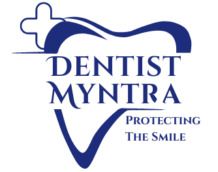
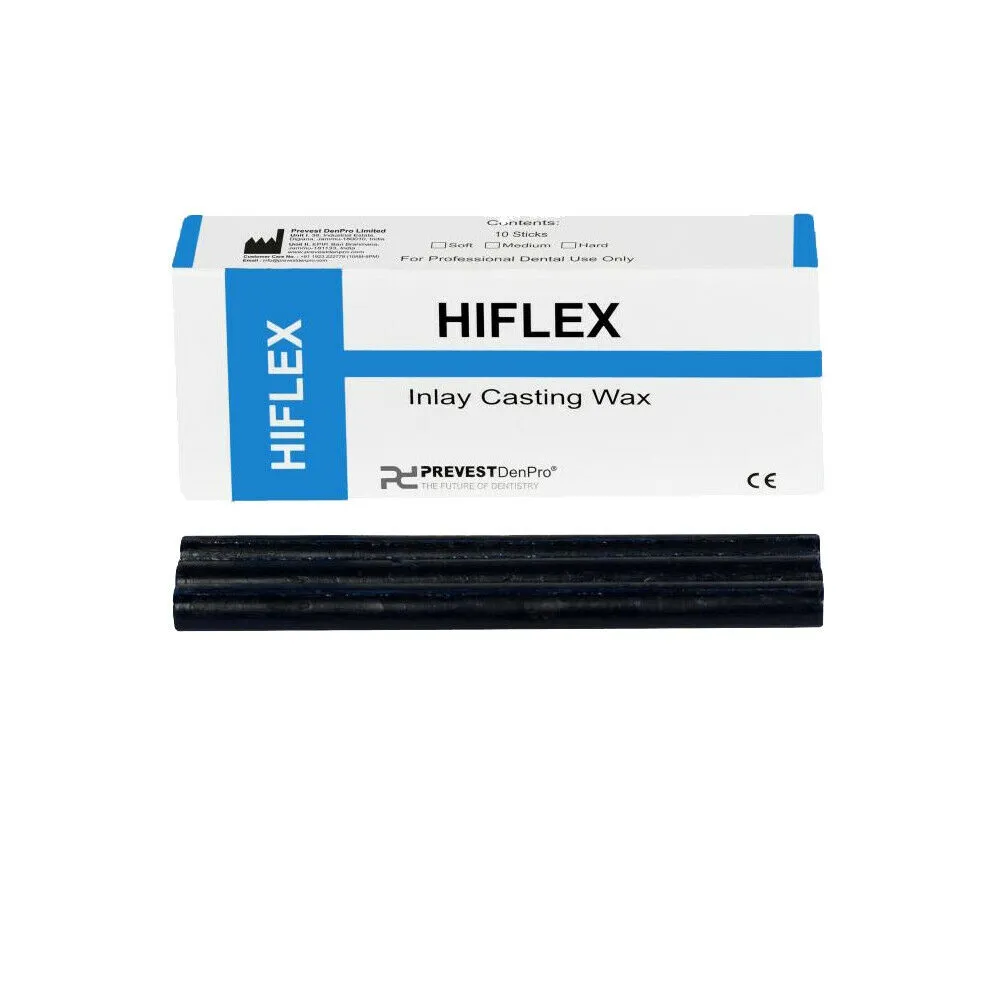
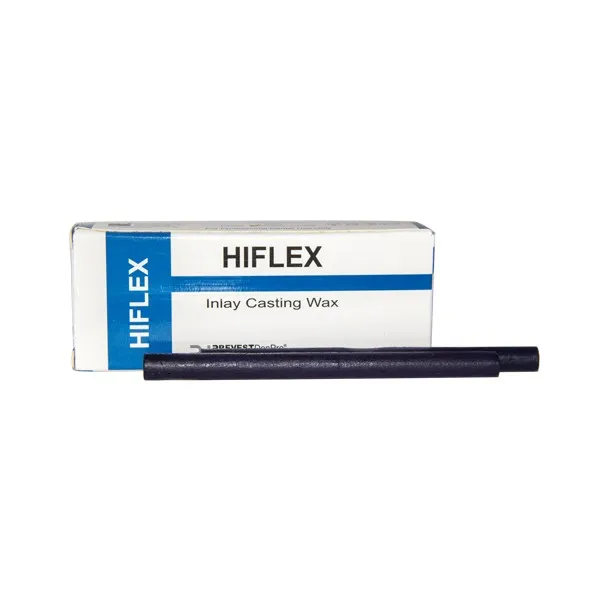
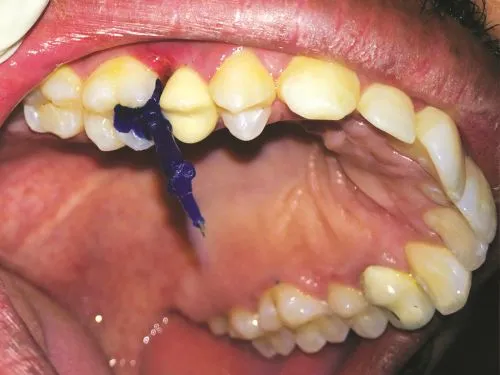
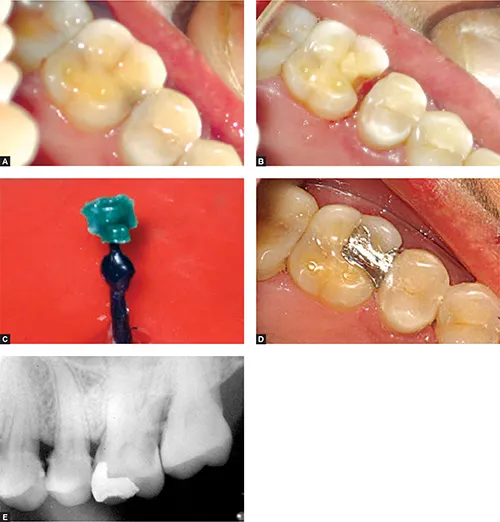



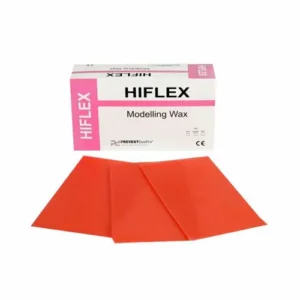
Reviews
There are no reviews yet.